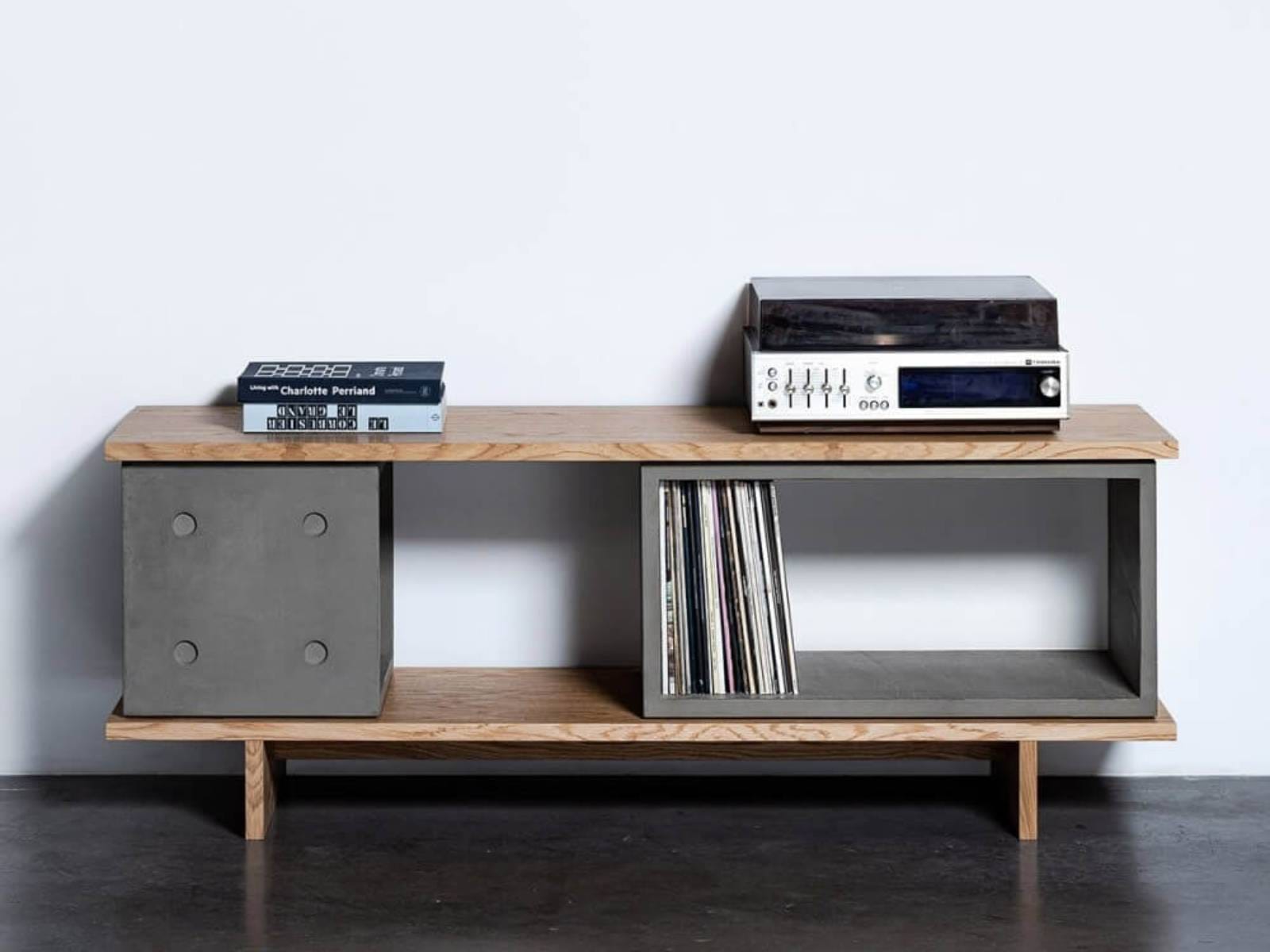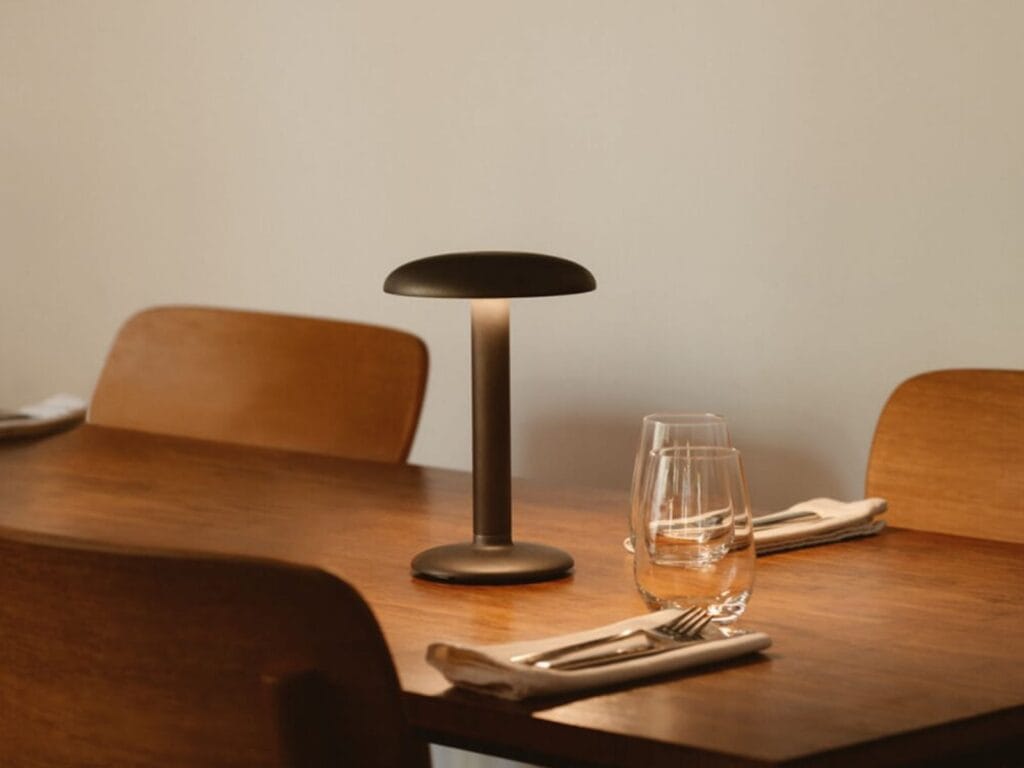We live in an era where everything moves fast, and visual and emotional overload is part of daily life. Minimalism, both as a lifestyle and as an approach to interior design, arises from the need to restore balance and harmony to the spaces we inhabit. A minimalist home is not a cold or empty space but a place where every element is carefully chosen, where quality prevails over quantity, and every object has meaning.
Embracing minimalism in interior design does not mean giving up personality or sacrificing comfort. On the contrary, it means consciously selecting furniture and accessories that enhance the space, creating an environment that is essential yet welcoming, orderly, elegant, and free from excess. Let’s explore how to apply this philosophy to furniture, lighting, and accessories to create a home that reflects the beauty of simplicity.
Minimalist Decor and Furniture: The Importance of Choosing Less, but Better
One of the key aspects of minimalist decor is the ability to create harmonious spaces with just a few well-chosen elements. This means opting for furniture with clean lines, high-quality materials, and neutral colors, avoiding the unnecessary and prioritizing versatile and functional solutions.
Minimalism is not synonymous with monotony: each piece, if carefully selected, can become a focal point and define the space with elegance. For example, the Dice 2M2L Storage Unit by Lyon Béton is a practical solution for those who want a modular system that adapts to different spatial needs. With its minimalist design and customizable configurations, it helps keep the home organized while maintaining a sleek aesthetic. For those seeking a similarly functional yet more structured alternative, the Dice 1545 TV Stand by Lyon Béton is perfect for lovers of simplicity who do not want to compromise on practicality. With its linear structure and use of concrete, it is an ideal choice for modern and sophisticated interiors, offering storage space without visual clutter.


Bookshelves are another element that can become a statement piece in minimalist decor. The Adelaide Metal Bookshelf by Mogg, with its lightweight structure and asymmetrically arranged shelves, is a perfect example of how minimalism can be dynamic and creative. It is ideal for those who want an organized space with a touch of visual movement.
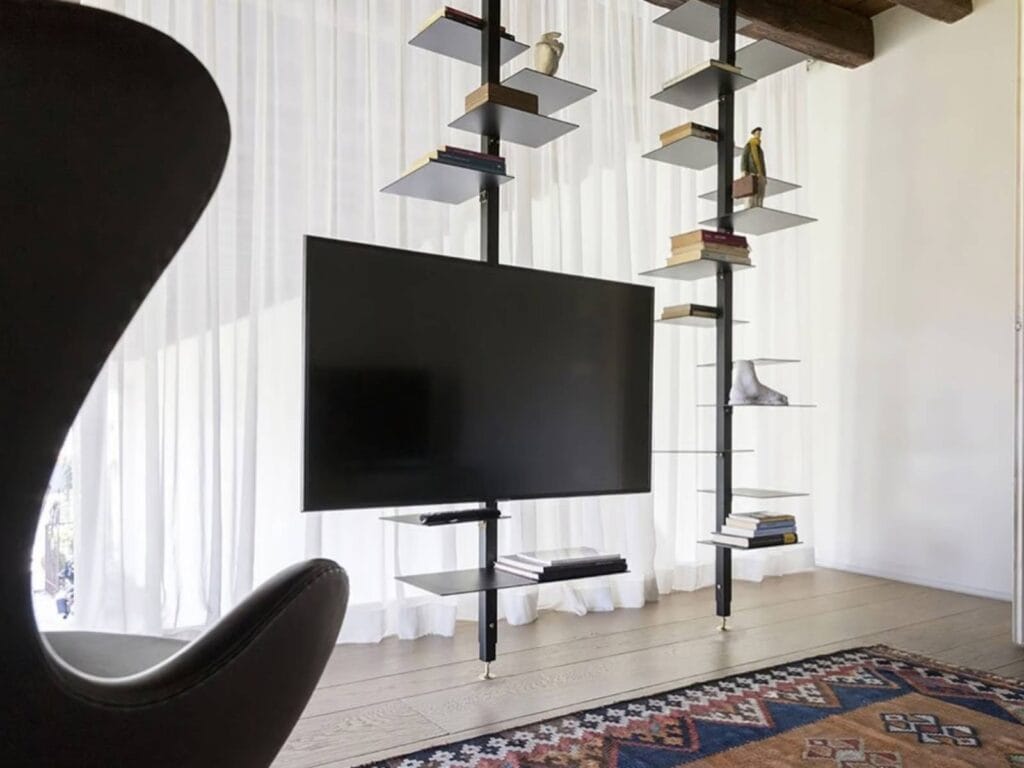
Minimalist Lighting: Light as a Central Element
In minimalism, light is not just a means to illuminate spaces—it is an integral part of the decor. The right choice of lamps can define the atmosphere of a room, enhancing its harmony and clean lines.
An icon of essential and refined design is the Minimal Suspension Lamp by Kdln. Made with a diffuser in barro negro, a handcrafted black ceramic with a deep, rich color, this lamp perfectly fuses tradition and innovation. Its simplicity makes it a discreet element when used alone, while multiple units can create a visually striking composition.
For those who appreciate versatility and functional design, the Captain Flint Floor Lamp by Flos is the perfect solution. Featuring an adjustable lampshade that allows for directional lighting, it is ideal for those seeking flexible illumination that adapts to different needs. Its minimalist design, free of superfluous elements, makes it a perfect complement to any environment. Another design that embodies the minimalist philosophy is the Athena Floor Lamp by Artemide. With its slim structure and geometric composition, it is a timeless lamp suited for both residential and professional settings. Its clean design and high-quality diffused light make it an essential piece for those who appreciate bright and orderly spaces.

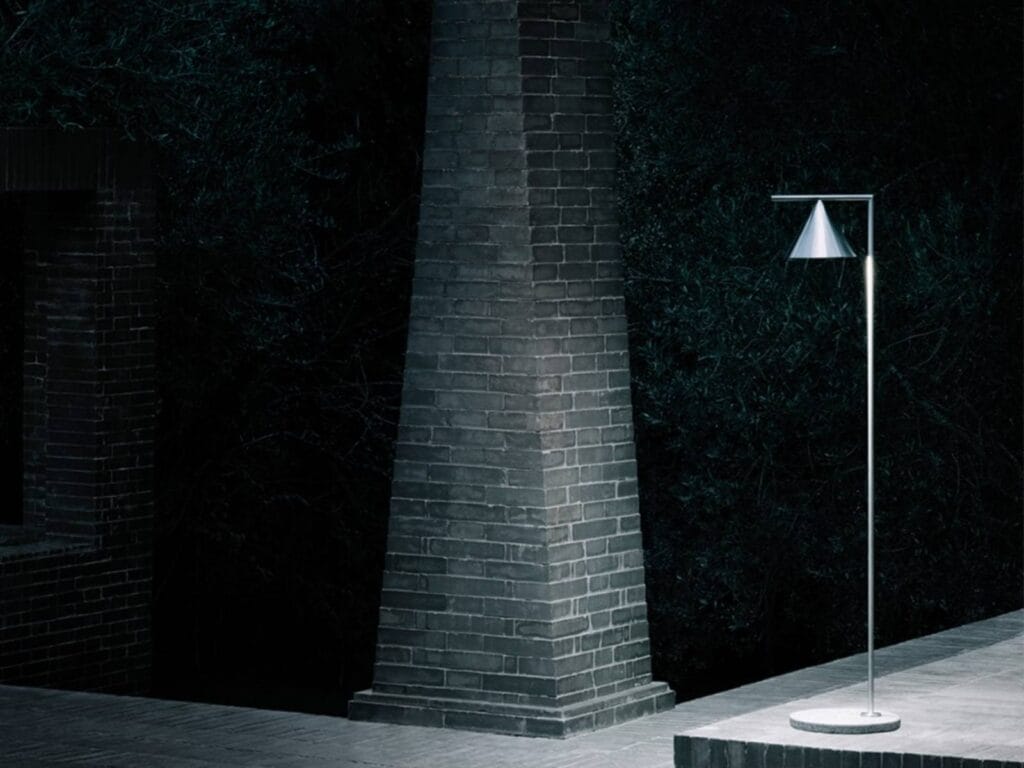
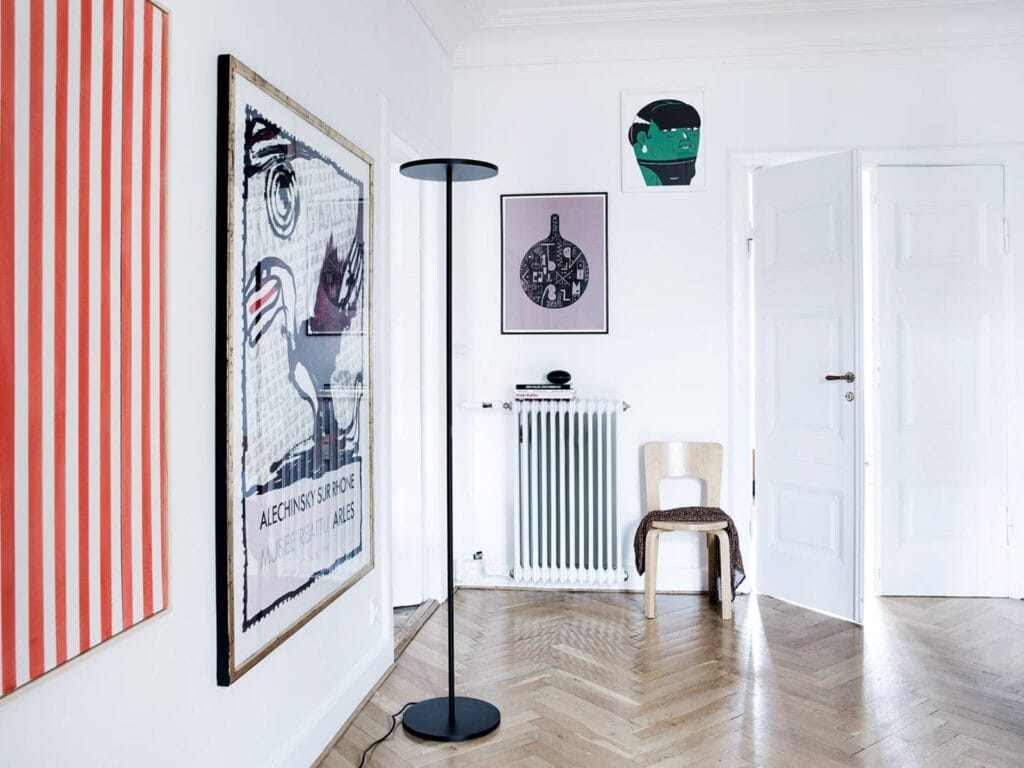
Minimalist Accessories: Small Details, Big Impact
Accessories also play a key role in minimalism. The goal is not to eliminate decorative elements entirely but to select only those that are truly meaningful and capable of enriching the space with a discreet yet distinctive touch.
A perfect example is the Berlino Wall Clock by Creation Design, which, with its minimalist aesthetic, combines contemporary precision with high-quality materials. For those who want to add an artistic touch, the Otto, L’Oca Print by Danese Milano is an ideal choice. Created using screen printing and based on the principle of image reduction to its essence, it embodies the minimalist philosophy, where every element has a precise meaning.
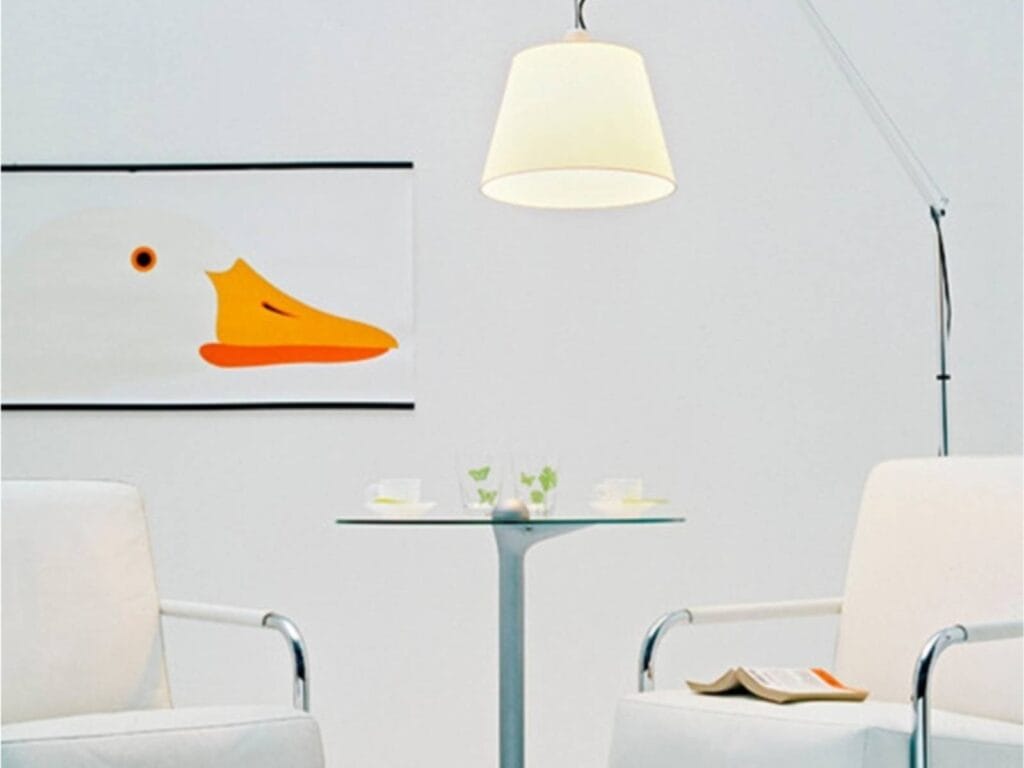

Even the dining table can be enhanced with accessories that align with minimalist design. The Frattali Ø32 cm Centerpiece by Atipico, inspired by natural forms and crafted from artisanal ceramics, transforms a simple everyday object into a unique piece, perfect for those who love refined and understated aesthetics.
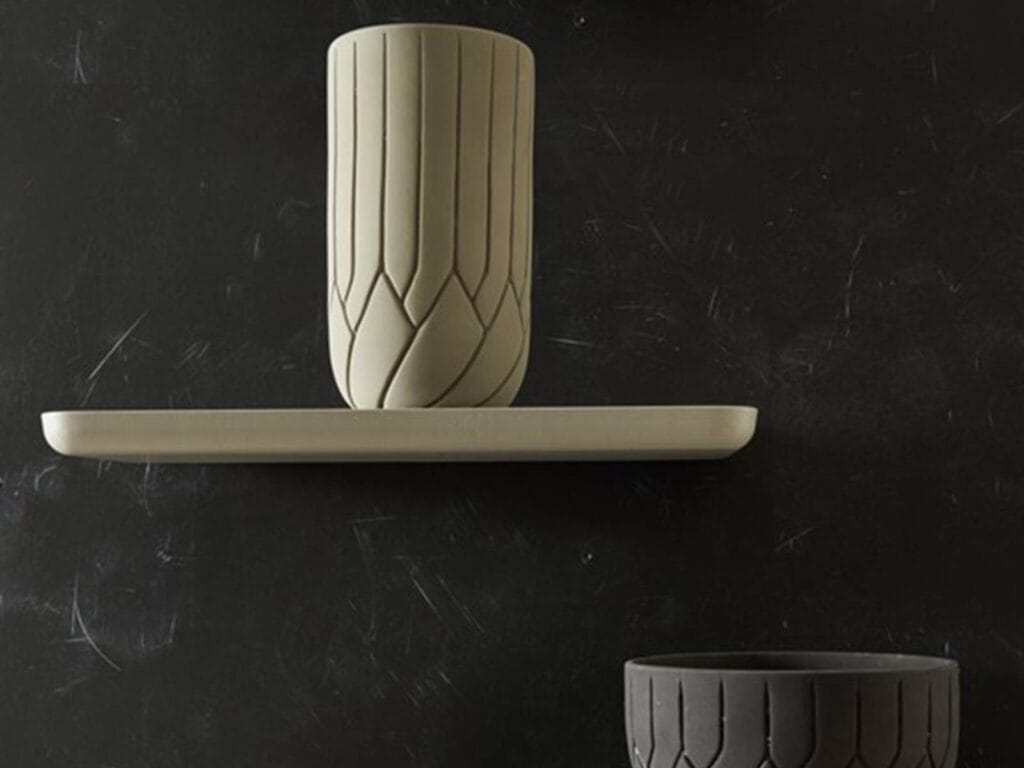
Minimalism: Practical Tips for a Harmonious Space
Creating a minimalist space requires attention and a keen eye for detail. Here are some practical tips for adopting this style without sacrificing warmth and comfort:
- Play with textures: Minimalism does not necessarily mean uniformity. Mixing materials such as wood, glass, metal, and natural fabrics helps create an interesting and sophisticated environment.
- Leave space to breathe: Empty spaces are just as important as furnishings. Avoid filling every corner to maintain a sense of lightness and order in the home.
- Choose neutral but not monotonous colors: White, beige, gray, and black form the foundation of minimalism, but adding subtle natural tones can make the space feel warmer and more inviting.
- Prioritize quality over quantity: It’s better to have a few well-crafted objects than an excess of unnecessary elements. Investing in iconic and durable pieces is the true secret to successful minimalist decor.

